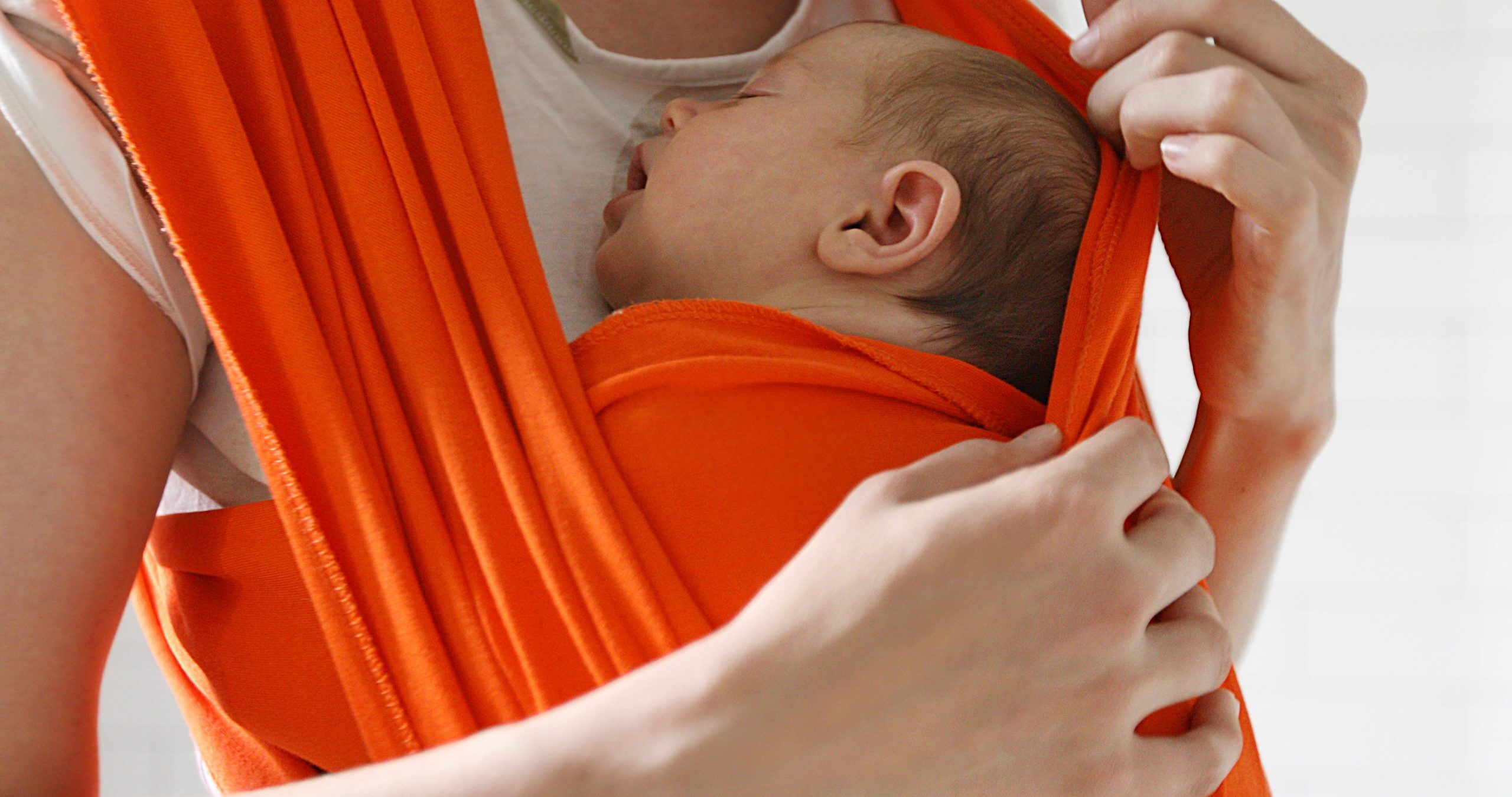
Fast facts:
Content
The centuries-old practice of baby wearing can make it easier to navigate everyday life during postpartum, while simultaneously allowing you to bond with your newborn.
Many women who delivered by c section wonder if they’ll be able to wear their baby. In most cases, the answer is yes! But baby wearing after c section may require a few modifications, as you are recovering from major abdominal surgery.
Below, we cover important considerations and answer commonly asked questions about using a baby carrier after a c section.
Keep in mind that each individual’s experience of recovering from a c section is different, and it’s important to listen to your body and to your doctor first and foremost.
Always consult a trusted healthcare professional before wearing your baby to learn if it’s safe to engage in this physical activity.
Carriers with waistbands may cause discomfort after a c section. If using a carrier with a waistband, try positioning the waistband as high as possible — think just beneath your breasts — so that it avoids any contact with your scar.
Whichever type of baby carrier or wrap you use, make sure that your baby is properly positioned, with their legs tucked into an M shape so that they avoid kicking near your scar.
The comfort and fit of your baby carrier is essential. You should never feel as if your wrap or carrier is cutting into or rubbing against your body, which can restrict blood flow.
Make sure that your body feels supported rather than weighed down. A doula or another birthing professional with expertise in baby wearing can help ensure that you have the right fit.
Ask A Doula by Ruth Health is a new service that offers unlimited texting access to a doula. You can get personalized support with postpartum planning, feeding, and anything else pregnancy or postpartum-related. Spaces are limited, so sign up today!
Beyond following your doctor’s guidance and searching for a comfortable baby carrier, pain medication is another factor in the safety of baby wearing after c section.
There are different approaches to pain management when recovering from a c section. Be sure to check the side effects of the medications you’re taking. If any of them cause drowsiness, hold off on baby wearing until a later time.
It’s also important to take things slow and to listen to your body. When using a baby carrier after a c section, short bursts are your friend.
Remember, there’s no need to rush into it until your body is ready. While it’s understandable to want to be as close to your newborn as possible, you have many months — and years! — of cuddles to look forward to.
If your doctor has given you clearance, carrying after a cesarean should not interfere with your recovery. When using a baby carrier after a c section, the two most important things are to listen to your body and consult your doctor.
If you start to feel any abdominal pain from baby wearing after c section, it may be time to take a break and allow your body to rest.
While c section recovery varies by individual, many moms are able to lift their babies when they leave the hospital (typically 2-4 days after delivering your baby).
However, you will likely be instructed not to carry anything heavier than your baby until at least your six-week check-up.
Many health experts advise against carrying your baby for longer than two hours at a time, but there’s no one-size-fits-all rule. The ideal amount of time will probably change as your baby grows.
It depends on a variety of factors including the type of baby carrier you use and your baby’s age and strength. Taking breaks will allow your baby’s hips to move around and avoid overuse.
When carrying after a cesarean, your physical comfort and safety is also a factor in how long you should carry your baby. When in doubt, don’t overdo it and take it as easy as possible.
We’re here to help you heal. Our c section recovery program was specifically designed to provide emotional, physical, and mental support, with gentle movement, stabilizing physical therapy, strength and resistance training, and breathwork.
You can start safely as early as 24 hours postpartum. Learn more or book a session.
Read C Section Recovery Tips for additional information on c section recovery, including incision care, breastfeeding considerations, and more.
Content
Sign up for a FREE eBook + 20% off services

Sign up for our free eBook, plus 20% off of your next booking!